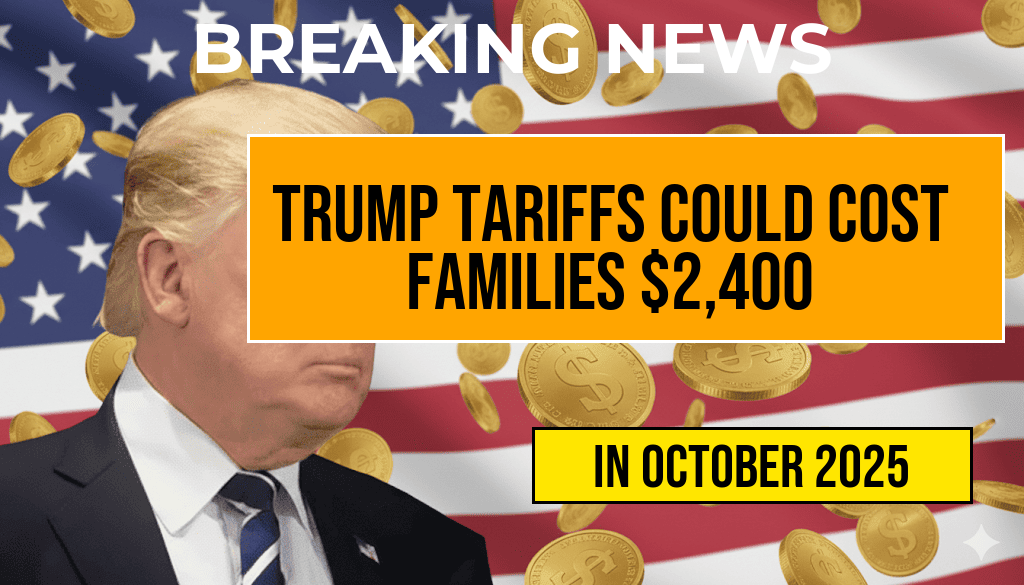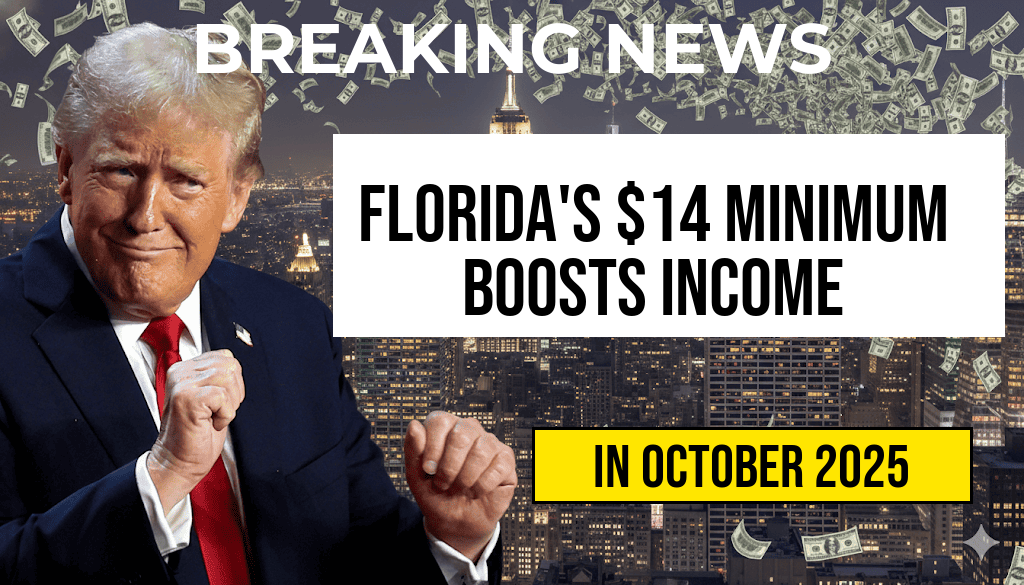Recent analyses suggest that recent tariffs associated with former President Donald Trump’s trade policies could raise the average American family’s annual expenses by approximately $2,400. Dubbed the “Turbulence Tax” by some analysts, these tariffs primarily target imported goods such as electronics, clothing, and household items, leading to higher retail prices. As consumers face these increased costs, questions arise about the broader economic impacts and the specific breakdown of how tariffs translate into everyday expenses. Understanding the nuances of this tariff-related inflation can shed light on how trade policies ripple through household budgets and influence economic stability.
What Are the Trump Tariffs and How Do They Affect Prices?
During his presidency, Donald Trump implemented a series of tariffs aimed at renegotiating trade agreements and protecting American manufacturing. These tariffs imposed taxes on imported goods from countries like China, Mexico, and the European Union. While intended to bolster domestic industries, they also resulted in higher costs for consumers and businesses relying on imported products.
Post-presidency, some of these tariffs remain in effect, continuing to influence retail prices. Economists estimate that the cumulative effect of these taxes has led to a measurable increase in the cost of many everyday items, contributing to a broader inflationary trend. A report from The Washington Post highlights how tariffs have added roughly 1-2% to inflation rates in recent years.
The ‘Turbulence Tax’: Breaking Down the Additional Costs
How Do Tariffs Translate Into Higher Household Expenses?
The term “Turbulence Tax” refers to the cumulative financial burden borne by consumers due to tariffs. This additional expense manifests across various categories, including electronics, apparel, and household goods. Here’s a detailed breakdown:
| Category | Additional Annual Cost per Family |
|---|---|
| Electronics (smartphones, laptops, TVs) | $800 |
| Clothing and footwear | $500 |
| Household essentials (furniture, appliances) | $500 |
| Food and beverages (imports and processed goods) | $300 |
| Other miscellaneous goods | $300 |
This breakdown indicates that a typical family could see an increase of about $2,400 annually, driven by tariffs on imported goods.
Factors Amplifying the Costs
- Supply Chain Disruptions: Tariffs have contributed to increased shipping costs and delays, further elevating prices.
- Manufacturing Shifts: Domestic production has not fully compensated for the reduced import volumes, maintaining upward pressure on prices.
- Retail Markups: Retailers often pass tariff costs directly to consumers, especially in highly competitive markets.
Broader Economic Implications and Consumer Sentiment
The increased expenses associated with tariffs extend beyond individual families. Higher consumer prices can dampen purchasing power, potentially slowing economic growth. According to the Federal Reserve, persistent inflationary pressures may lead to tighter monetary policies, impacting borrowing costs and investment.
Consumer sentiment surveys indicate growing frustration over rising costs, with many households feeling the pinch in their monthly budgets. Retail sales data suggest a cautious approach to spending, especially on non-essential items, as families adapt to higher prices.
Policy Changes and Future Outlook
While the Biden administration has taken steps to roll back some tariffs, a comprehensive reversal remains uncertain. Trade experts suggest that ongoing negotiations with trading partners could influence whether tariffs are reduced or maintained. Additionally, global supply chain issues, such as those exacerbated by geopolitical tensions, could prolong the inflationary effects.
Analysts recommend that consumers stay informed about policy developments and consider alternative sourcing options or local products to mitigate some of these costs. Businesses, meanwhile, are exploring supply chain diversification to shield themselves from tariff-related shocks.
Sources and Further Reading
- Wikipedia: Trump Tariffs
- Forbes: Impact of Tariffs on Consumer Prices
- Federal Reserve: Impact of Trade Policy on Inflation and Growth
Frequently Asked Questions
Question
What is the ‘Turbulence Tax’ and how does it affect household expenses?
Question
How much could the ‘Turbulence Tax’ add to an average family’s annual costs?
Question
Which goods and services are most impacted by the Trump tariffs leading to increased expenses?
Question
What are the main factors contributing to the calculation of the ‘Turbulence Tax’ breakdown?
Question
Are there any strategies for families to mitigate the impact of the ‘Turbulence Tax’ on their budgets?






